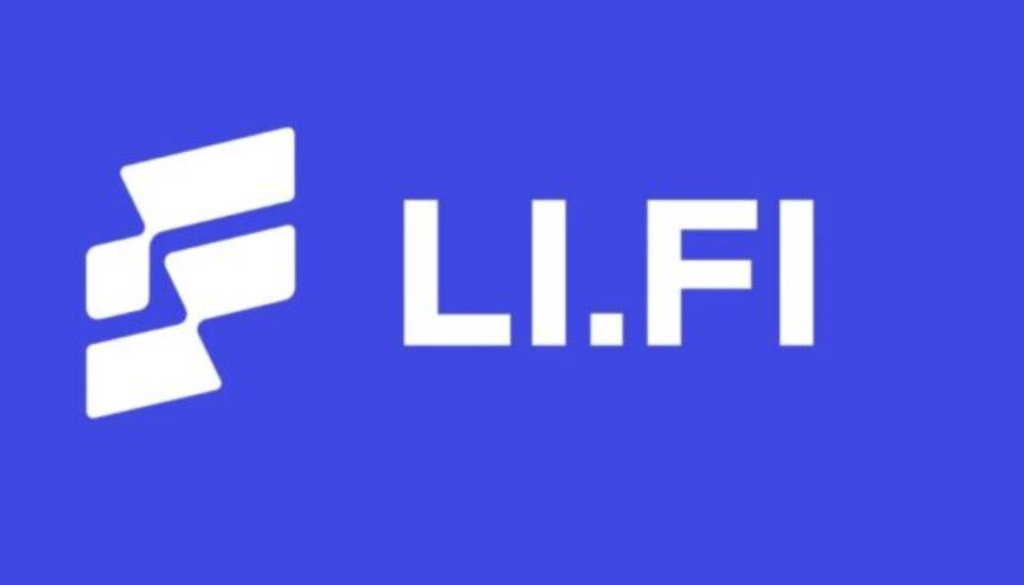Li.Fi, a rapidly growing solution in the cryptocurrency ecosystem, addresses one of the most critical challenges in decentralized finance (DeFi): interoperability between blockchains. In a landscape dominated by siloed networks, Li.Fi emerges as a bridge that connects disparate blockchains, enabling seamless asset and data transfers across ecosystems.
What is Li.Fi?
Li.Fi is a cross-chain liquidity and bridging protocol designed to facilitate communication between blockchain networks. Unlike traditional centralized exchanges or standalone blockchain bridges, Li.Fi integrates a diverse array of cross-chain bridges and decentralized finance services. Its primary goal is to simplify complex transactions, allowing users to move assets, swap tokens, or execute DeFi activities across multiple chains with ease.
How Li.Fi Works
The protocol operates as a middleware layer, integrating multiple bridges and decentralized exchanges (DEXs). Through Li.Fi, users can perform intricate cross-chain operations via a unified interface. For instance, transferring tokens from Ethereum to Binance Smart Chain (BSC) often requires navigating multiple platforms. With Li.Fi, this process becomes streamlined, as the platform consolidates the necessary steps into a single, user-friendly transaction.
Li.Fi achieves this by employing an algorithm that identifies the most efficient path for a cross-chain transaction. The algorithm evaluates factors such as transaction fees, liquidity, and security, ensuring users receive the best possible outcome. Additionally, the protocol supports various token standards, including ERC-20 and BEP-20, further broadening its applicability.
Key Features of Li.Fi
- Multi-Bridge Support:
Li.Fi integrates multiple blockchain bridges, offering users a range of options to transfer assets between networks. This flexibility ensures redundancy and allows for optimization based on cost and speed. - Aggregation of DeFi Services:
Beyond bridging, Li.Fi connects users to decentralized exchanges, lending platforms, and yield farming opportunities. This creates a comprehensive ecosystem for DeFi activities. - Enhanced Security:
Security is a priority in the cross-chain ecosystem, given the vulnerabilities of individual bridges. Li.Fi mitigates these risks by carefully vetting its integrations and implementing robust smart contract audits. - User-Centric Design:
Li.Fi’s interface is designed for both beginners and advanced users, offering a seamless experience without requiring extensive technical knowledge.
Why Li.Fi Matters in the Crypto Space
Interoperability is essential for the growth of blockchain technology. With hundreds of blockchains operating independently, users often face barriers to accessing the full potential of the crypto ecosystem. Li.Fi breaks down these barriers, enabling greater liquidity, more efficient transactions, and enhanced accessibility for users and developers alike.
Moreover, Li.Fi’s approach to aggregation reduces fragmentation in the DeFi space. By consolidating services into a single platform, it simplifies the user experience and encourages broader adoption of decentralized technologies.
The Road Ahead for Li.Fi
As blockchain technology continues to evolve, the need for interoperable solutions like Li.Fi will only grow. The platform’s commitment to innovation and its ability to adapt to the rapidly changing DeFi landscape position it as a critical player in the future of crypto.
By connecting blockchains and empowering users with streamlined access to the DeFi ecosystem, Li.Fi is not just a protocol—it’s a pivotal tool in the ongoing journey toward a more interconnected and efficient crypto world.
